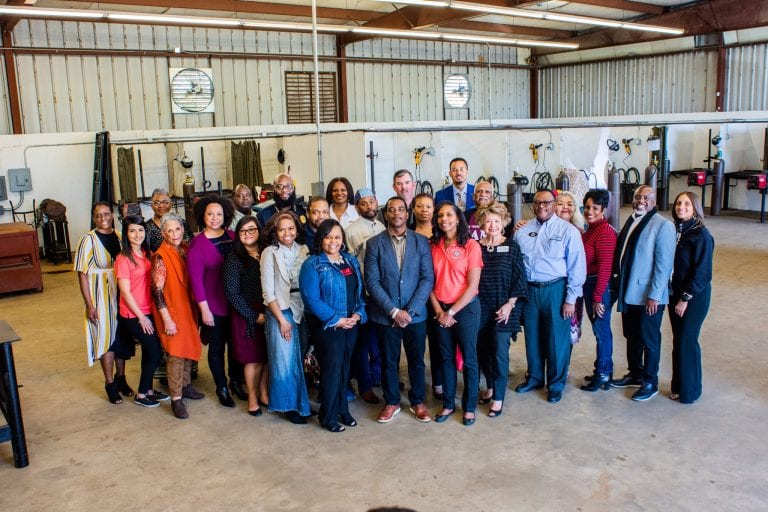Construction technology is undoubtedly one of the most exciting pockets of innovation in today’s economy.
Funding in U.S.-based construction technology startups surged by 324 percent to nearly $3.1 billion in 2018, compared with $731 million in 2017, according to Crunchbase data. Investment spans hardware, software, AI and other exciting technologies.
For too long, the construction industry was essentially neglected by the technology and VC worlds. However, the industry is finally experiencing an injection of innovation that — if deployed and nurtured appropriately — could have a meaningful and lasting impact across safety, productivity and connectivity.
It’s important to note that the majority of these new-age construction technologies are geared toward businesses — they sell a piece of technology, be it hardware or software, to a company in the construction space, and that technology is then used by some subset of workers at that company.
Many of these companies’ offerings help solve important problems in the industry — safety, productivity, communication, etc. However, it’s not entirely clear that top-down solution, versus a bottom-up solution, will drive the most change.
A product or platform that is geared towards the worker, not management, will be most widely adopted and engaged with, and therefore have the most impact. It’s human nature to react adversely to something that you’re being forced to use, versus something you’ve discovered yourself and you feel provides the most utility.
Slack and Dropbox, while not construction technologies, are examples of exactly this. Slack is a messaging/team productivity platform and Dropbox is a file storing/sharing platform. Both Slack and Dropbox were built solely with the end-user in mind, and their initial go-to-market efforts were geared toward acquiring that end-user.
They were wonderful products that provided real utility, therefore they were able to establish a critical mass of users to a point where these users began demanding their companies purchase the products for their companies. They were obsessed with serving their end-user, which then enabled them to eventually become dominant players in the enterprise space.
The same dynamic may exist in the construction workforce. Sure, construction is a bit more regulated than other spaces, but that doesn’t necessarily preclude this type of growth strategy from succeeding.
So, what types of problems could a ‘bottom-up’, end-user-first strategy solve?
COMMUNICATION
Why isn’t there a Slack for the construction industry? Probably because the communication habits of construction workers are fundamentally different than those of the office worker. But, whoever takes the time to understand these habits, and builds a product that workers actually enjoy using, will be the one who captures this opportunity.
JOBS
The construction labor market is undeniably inefficient, largely due to the lack of effective tools at the market’s disposal. Generally, construction workers don’t use resumes, since written resumes are not an effective method of demonstrating a builder’s skillset. Workers who build things prefer to show their stuff via photos and videos because it’s a far more compelling medium for what they’re trying to communicate. This is why these workers aren’t on LinkedIn, and why the traditional job boards have struggled to capture them as well. A common complaint among contractors/builders is that they can’t find enough skilled workers for their projects. There isn’t (yet) a deep platform to access skilled tradespeople, since nothing has been built for the worker.
PAYMENTS
Somehow the construction industry is still heavily reliant on paper. Digital payment platforms like Stripe have exploded to support industries like e-commerce, but no one has yet been able to definitively capture the construction space. Getting paid on time is a massive concern — and growth inhibitor — for sub-contractors and workers alike. Payment systems need to work differently for this industry, which is a solvable problem. It’s just not one that has yet been solved.
There’s a lot to be excited about in the construction technology space these days — it’s an industry that’s ripe for innovation and disruption, and it feels like we’re in the early innings of this new age of innovation. The companies who will capture the biggest opportunities are the ones who build their products with the end-user — the worker — top of mind.
Source: Associated General Contractor






